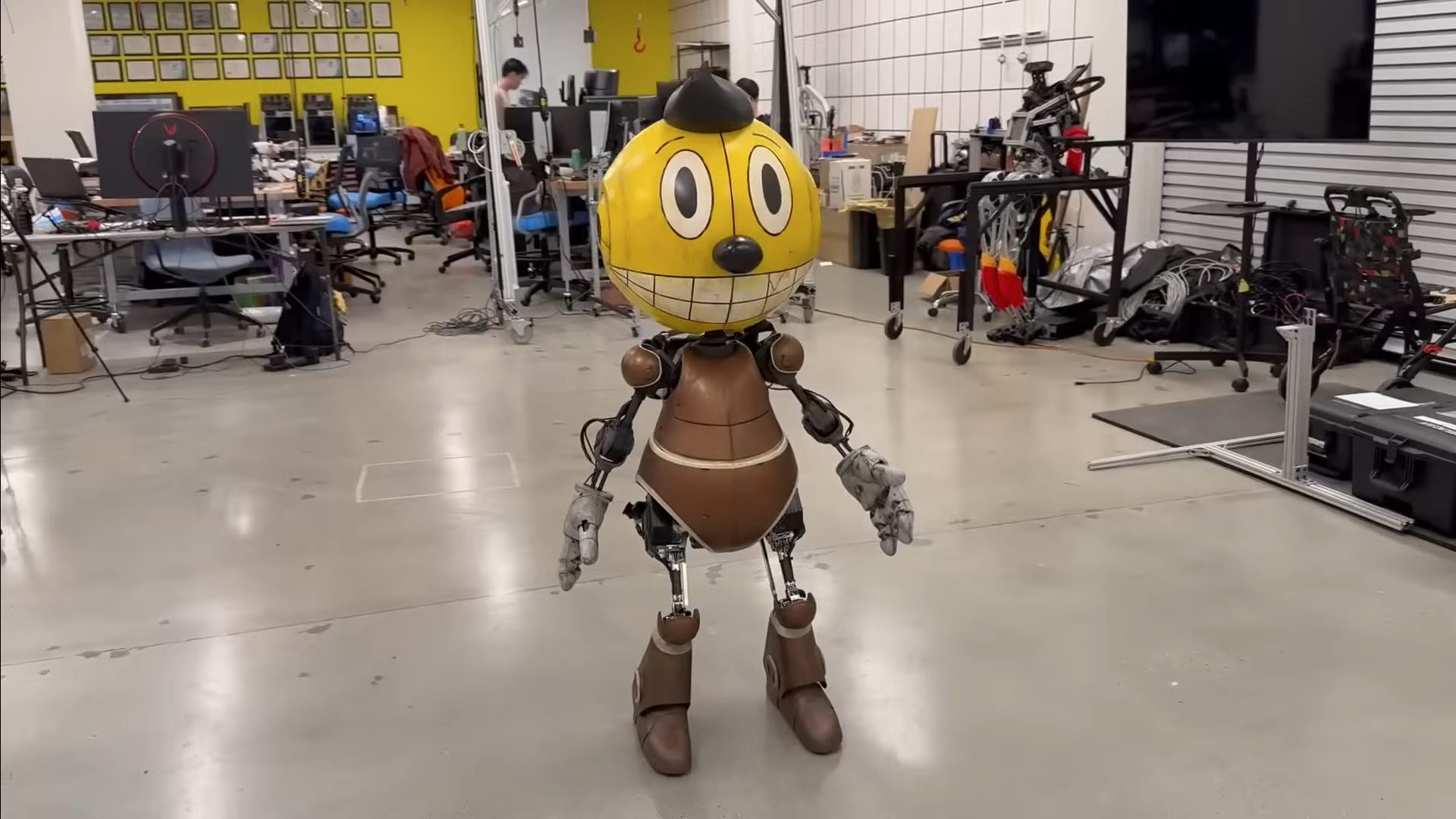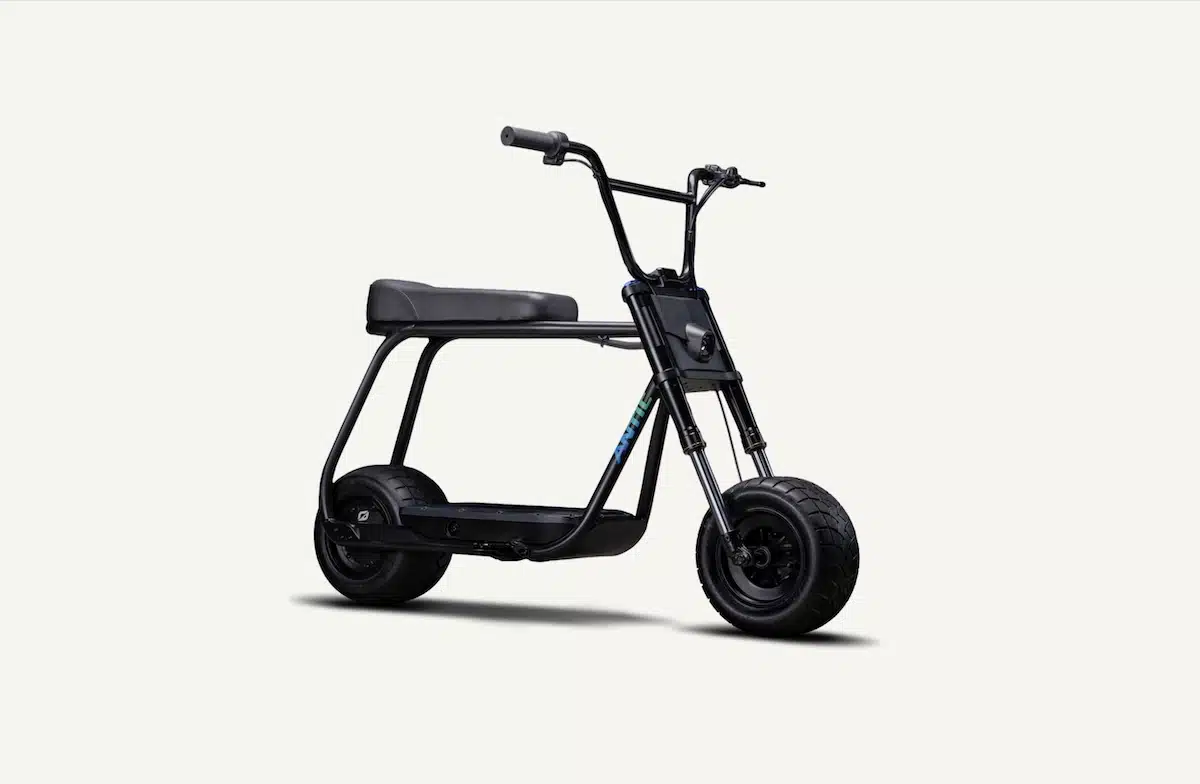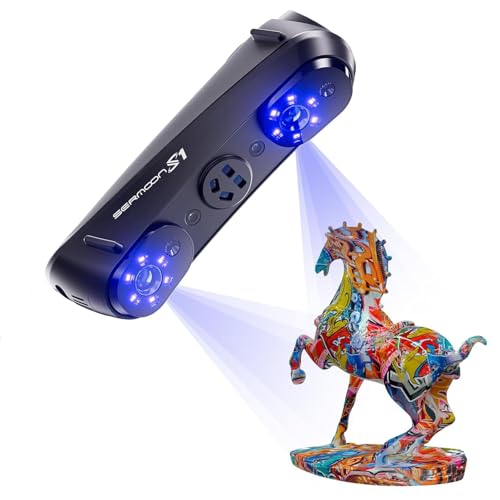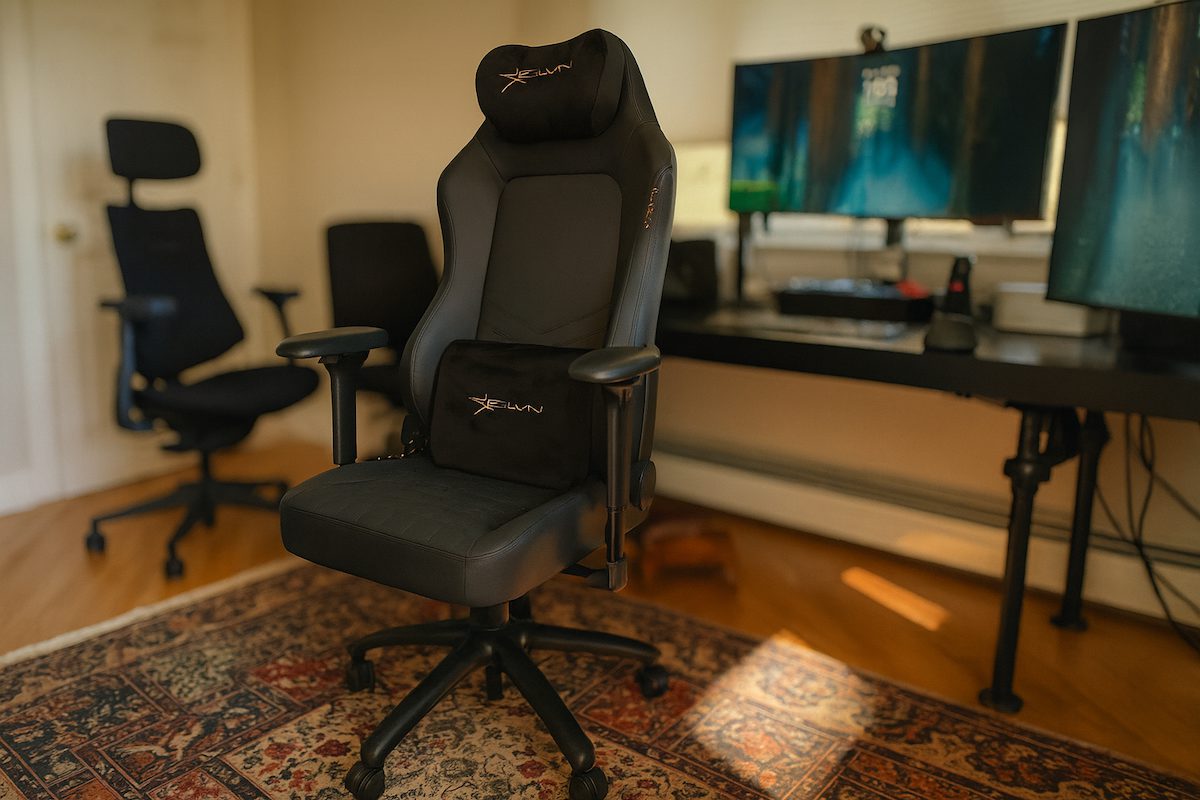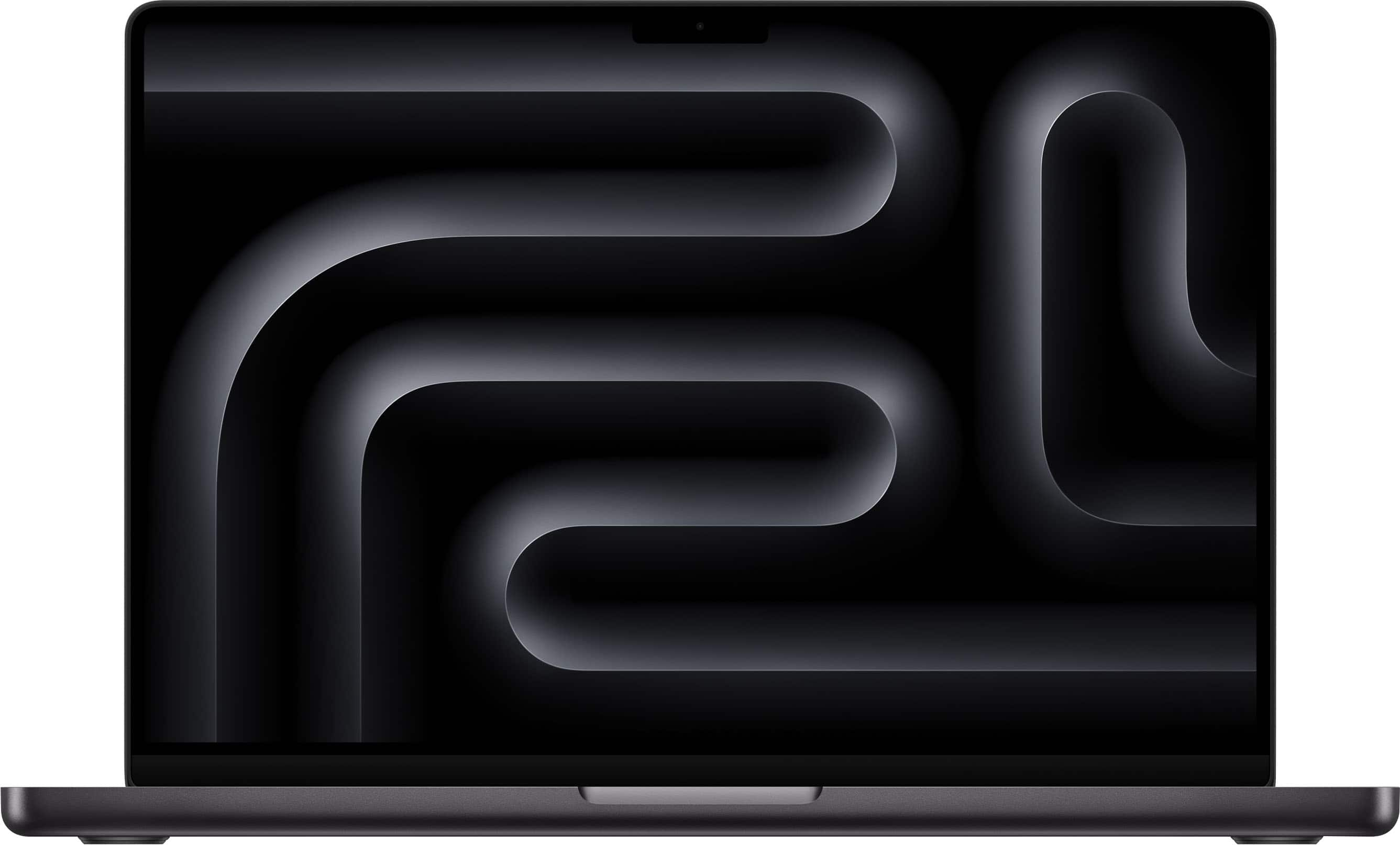When Netflix needed a charismatic robot companion for their adaptation of “The Electric State,” they turned not to computer graphics but to real-world engineering. Professor Dennis Hong‘s Robotics and Mechanisms Laboratory (RoMeLa) at UCLA faced the daunting challenge of bringing Simon Stålenhag’s graphic novel character to life as a physical, functioning robot in just eight months. The result is COSMO – a 4.5-foot-tall marvel of engineering that prioritizes emotional expression over traditional robotic efficiency. This presentation explores how COSMO was created, the technical innovations behind its expressive personality, and the potential real-world applications beyond the movie set.
Form Over Function

Most robots are designed with practicality in mind – optimizing for weight, battery life, and movement efficiency. COSMO turns this approach upside down, prioritizing character design over engineering convenience. The robot’s distinctive beach-ball head, tiny torso, and moon-boot feet created significant challenges for RoMeLa, as these proportions naturally work against standard balance algorithms.
The engineers had to cram computers, custom batteries, sensors, and 20 Quasi-Direct-Drive actuators into a body smaller than a carry-on suitcase. On top of that, they wrote 100,000 lines of C++ code just to keep the top-heavy character standing upright while walking at one meter per second. This dedication to maintaining the character’s unique proportions demonstrates an unprecedented commitment to bringing artistic vision to robotic reality.
Traditional motion-capture techniques failed during development, as applying human movements to COSMO’s unique proportions would simply cause the robot to topple over in simulations. Instead, engineers painstakingly hand-scripted every gait and facial micro-expression, carefully tuning each movement until test audiences responded with delight rather than discomfort.
Expressive Engineering

The secret to COSMO’s charm lies in sixteen tiny motors packed into its oversized head, capable of producing subtle eyebrow twitches, ear tilts, and eye movements that synchronize perfectly with its 1990s-cartoon voice. These micro-expressions create a character that feels alive rather than mechanical, walking the fine line between lifelike and uncanny.
In total, COSMO boasts an impressive 28 degrees of freedom: five per leg, four per arm, four articulated fingers, and twin neck joints. The QDD actuators, co-developed with Westwood Robotics, measure torque and position in real time, allowing COSMO to adjust its rigidity based on the situation – stiffening for heroic poses or becoming more flexible when bumped.
The robot’s balance system combines contact sensors in each boot with an inertial measurement unit in the torso. This technology, borrowed from RoMeLa’s soccer-playing robot ARTEMIS, gives COSMO what Professor Hong calls “the DNA of a soccer champion.” The lab is now working on upgrading to a learning-based controller that would allow the robot to adapt to uneven surfaces – a valuable feature for filming in diverse locations.
Beyond The Screen

While COSMO was built to charm audiences on Netflix, its innovations have far-reaching implications beyond entertainment. The compact, all-in-one BEAR actuators that power COSMO’s lifelike gestures could revolutionize robotics far beyond filmmaking—enabling expressive, interactive machines for theme parks, public spaces, or even prosthetic development. As engineers continue blurring the line between technology and personality, COSMO joins a new wave of innovation alongside some of the coolest robots you didn’t know existed, proving that emotional expression may be robotics’ next big frontier.
The “function follows form” approach pioneered by RoMeLa during this project offers valuable lessons for future collaborations between filmmakers and engineers. As audiences increasingly appreciate practical effects over digital creations, COSMO represents a blueprint for bringing fantastical designs into the physical world without compromising their distinctive characteristics.
COSMO’s development also has potential applications in prosthetic research, where expressive movement and natural interaction are highly valued. The techniques used to make this fictional character emote convincingly could help create more intuitive and responsive assistive devices for humans.
Though COSMO still moves with what engineers describe as “cartoon caution” – those enormous boots can clip if the stride gets too ambitious – its rapid development from sketch to screen demonstrates how quickly robotics is evolving. With a few firmware updates and design refinements, future versions might cross the uncanny valley entirely, creating robots that blend seamlessly into human environments while maintaining their unique personality.


